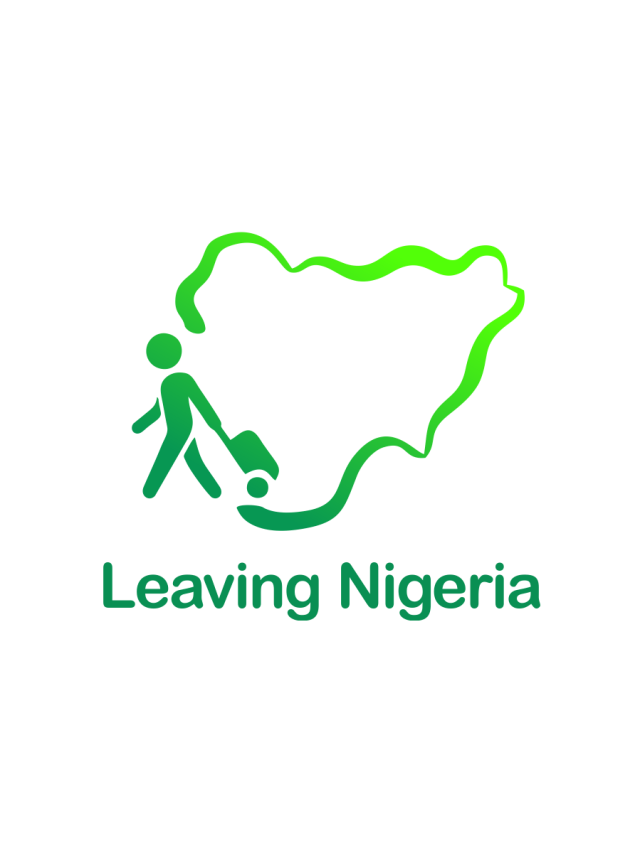
Reapplying for a U.S. Visa After Rejection: What You Need to Know
In 2025, significant policy updates have been introduced regarding U.S. visa denials, making the reapplication process more challenging. The U.S. State Department has tightened scrutiny on repeat applicants, requiring stronger documentation and clearer proof of intent to return home for non-immigrant visas.
Consular officers are now mandated to provide more detailed explanations for 214(b) rejections, helping applicants understand their shortcomings before reapplying. Discussions are also ongoing about expediting administrative processing delays under 221(g), which could speed up cases where additional documents are required.
Given these changes, understanding why visas are denied and taking the right steps when reapplying is more critical than ever. Here’s what you need to know:
Understanding Common Reasons for Visa Denial
When a U.S. visa is denied, it is usually based on one or more provisions under the Immigration and Nationality Act (INA). The most common reasons include:
- INA Section 221(g) – Incomplete Documentation: Missing required documents or additional administrative processing needed.
- INA Section 214(b) – Lack of Strong Ties: Failure to demonstrate sufficient ties to your home country, making the officer suspect you may not return after your visa expires.
- INA Section 212(a) – Ineligibility: Criminal records, prior immigration violations, or other disqualifying factors.
- Errors or Inconsistencies: Mistakes in your application or conflicting information during the interview.
- Poor Interview Performance: Nervousness, vague responses, or inability to justify your trip’s purpose.
A written notice from the consular officer will indicate the reason for your denial, which is crucial in addressing issues before reapplying.
How Soon Can You Reapply?
-
If denied under 221(g), you may be allowed to submit missing documents without a full reapplication.
-
If denied under 214(b) or other grounds, you can reapply anytime. However, waiting until you’ve made significant improvements in your application is advisable.
Can You Apply for a Different Type of U.S. Visa After a Denial?
Yes, you can apply for a different visa category, provided you meet its requirements. For example:
- If your B1/B2 (Tourist/Business Visa) was denied, you may apply for an F1 Student Visa if admitted to a U.S. university.
- If your H-1B Work Visa was rejected, you might consider an L1 intra-company transfer visa or an O-1 visa (for extraordinary skills).
-
If denied a family-sponsored visa, you may explore options based on employment or humanitarian grounds.
How Many Times Can You Apply for a U.S. Visa?
There is no legal limit on visa applications, but:
- Repeated denials without significant changes may impact future applications.
- Each application requires a non-refundable visa fee.
-
Multiple rejections under 214(b) suggest you need to strengthen your ties to your home country before reapplying.
Steps to Successfully Reapply for a U.S. Visa
1. Review Your Previous Application
Analyze the reason for rejection and address identified weaknesses. If denied under 214(b), work on demonstrating stronger ties to your home country, such as a stable job, financial assets, or family commitments.
2. Complete a New DS-160 Form
Each new application requires a fresh DS-160 form. Ensure all details are accurate and match your supporting documents.
3. Pay the Visa Fee Again
Visa fees are non-refundable, meaning you must pay the fee again before scheduling another appointment.
4. Gather Additional Supporting Documents
Depending on your previous denial reason, consider submitting extra documents, such as:
- Updated bank statements
- Proof of employment or business ownership
- Travel history and return tickets
-
Additional affidavits or sponsorship letters
5. Prepare for the Interview More Effectively
-
Be honest and consistent in your responses.
- Dress professionally and confidently.
- Clearly explain your purpose of travel.
- Address concerns raised in your previous interview.
For official visa policies and further details, visit the U.S. State Department’s website: Visa Denials.
Discover more from Leaving Nigeria
Subscribe to get the latest posts sent to your email.



